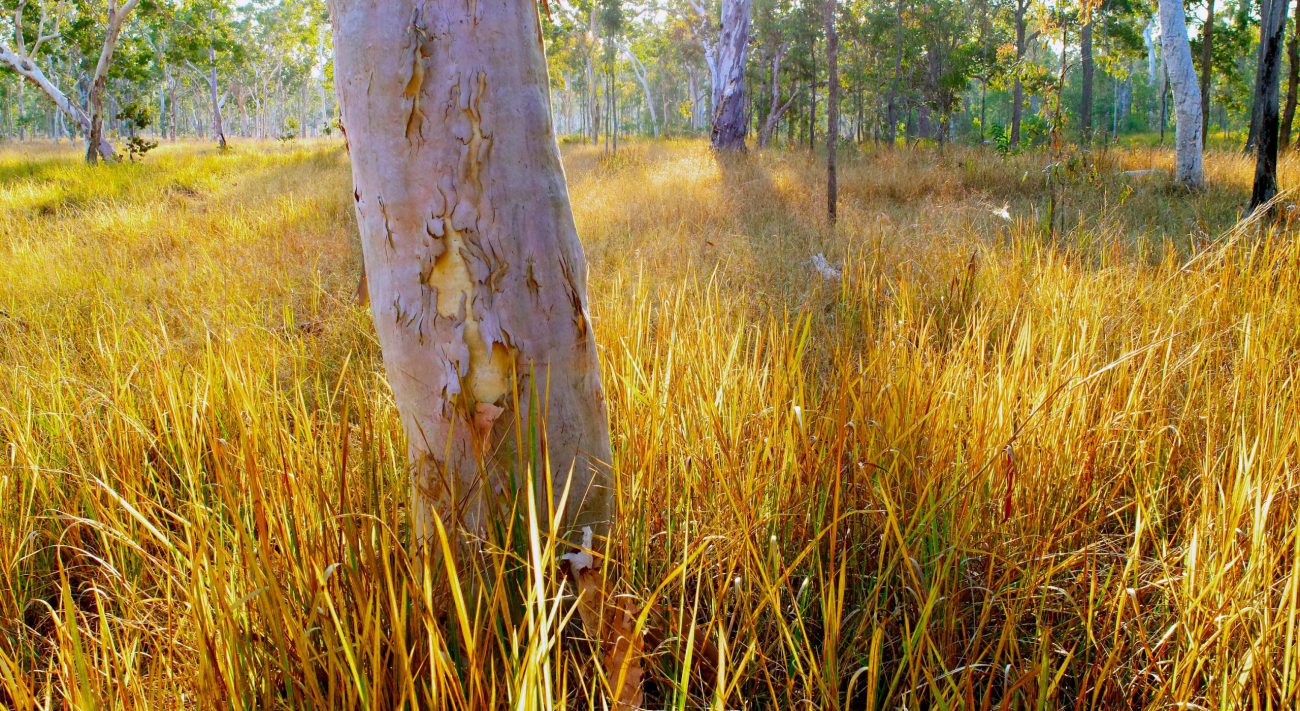Marinus Link is a complex project, crossing national, state and local jurisdictions. It is subject to numerous environment, planning and heritage assessment and approvals processes.
Marinus Link involves the installation of approximately 255 kilometres of undersea High Voltage Direct Current (HVDC) cable and approximately 90 kilometres of underground HVDC cable spanning Victoria, Bass Strait and Tasmania. It also includes the construction of converter stations in Victoria and Tasmania. A project of this scale and nature is required to obtain environment, planning and heritage approvals under Commonwealth, Victorian and Tasmanian legislation in order to proceed.
Referral applications have been submitted to the various regulatory authorities and decisions have been made on the primary approval assessment pathways.
The project is being assessed under the following key pieces of legislation:
- Commonwealth Environment Protection and Biodiversity Conservation Act 1999 (EPBC Act);
- Victorian Environment Effects Act 1978 (EE Act), Planning and Environment Act 1987 (P&E Act) and Aboriginal Heritage Act 2006 (AH Act); and
- Tasmanian Environmental Management and Pollution Control Act 1994 (EMPC Act) and Land Use Planning and Approvals Act 1993 (LUPA Act).
The regulatory authorities have provided formal guidance on the information required to be submitted in order to assess and approve the project.
Marinus Link is currently preparing assessment documentation. It is proposed that the documentation will be ready for public exhibition in early 2024. For more information, visit: Assessment Marinus Link.
Commonwealth environment, planning and heritage assessment process
The Environment Protection and Biodiversity Conservation Act 1999 (EPBC Act) is Australia’s national environmental law. It ensures internationally and nationally important plants, animals, habitats and places are protected and managed as ‘matters of national environmental significance’. As the project is located within an Australian marine area and has the potential to have an impact on matters of national environmental significance, the project was referred to the Australian Environment Minister to determine whether assessment and approval is required under the EPBC Act.
On 4 November 2021, a delegate of the Minister determined that the proposed action is a ‘controlled action’ and requires assessment and approval under the EPBC Act before it can proceed. The proposed action is to be assessed through an Environmental Impact Statement (EIS).
The MLPL EPBC Act Referral and supporting documentation can be found here.
The Department of Climate Change, Energy, the Environment and Water (DCCEEW) is responsible for administering the EIS process on behalf of the Minister. The EIS will assess the impact on listed threatened species and communities, listed migratory species and the Australian marine area.
DCCEEW has developed Guidelines for the preparation the EIS which includes details on the extent of studies and investigations and assessments required.
The final Guidelines on the EPBC Act Public Portal are available here.

Victorian environment, heritage and planning assessment process
The Environment Effects Act 1978 (EE Act) is for the assessment of proposed projects deemed capable of having a significant effect on the environment. Desk-top studies indicated that the project is capable of having a significant effect on the environment and as such was referred to the Planning Minister to determine whether assessment is required under the EE Act.
MLPL EE Act Referral Form and Referral Figures can be found here.
On 12 December 2021, a delegate of the Minister determined that the project is required to prepare and be assessed through an Environmental Effects Statement (EES). The Minister’s assessment will be used to inform approval decisions by regulators in Victoria, such as the Planning Minister’s decision on the draft Planning Scheme Amendment under the Planning & Environment Act 1987.
The Department of Transport and Planning (DTP) is responsible for administering the EES process on behalf of the Minister. The EES will describe potential environmental effects of the proposed project and outline how to manage environmental effects.
The matters to be investigated and documented in the EES are set out in Scoping Requirements issued by DTP.
The draft scoping requirements on the Engage Victoria portal are available here.
Marinus Link is required to prepare two Cultural Heritage Management Plans under the Aboriginal Heritage Act 2006 which outline the measures to be taken before, during and after the activity in order to protect and manage Aboriginal cultural heritage in the activity area.
Tasmanian environment, planning and heritage assessment process
The Environmental Management and Pollution Control Act 1994 (EMPC Act) is the primary environmental protection and pollution control legislation in Tasmania. Referrals have been submitted to the Board of the Environmental Protection Authority (EPA) under the EMPC Act for the Heybridge converter station and the shore crossing at Heybridge (including subsea cable). A Development Application for the Heybridge converter station was also submitted to the Burnie City Council under the Land Use Planning and Approvals Act 1993 (LUPA Act).
Marinus Link Pty Ltd, Marinus Link Heybridge Converter Station, Heybridge | EPA Tasmania.
On 22 July 2022, the delegate of the EPA Board determined that both the Heybridge converter station and the shore crossing proposals are to be assessed under the EMPC Act requiring the preparation of two Environmental Impact Statements (EIS). The Burnie City Council accepted the Development Application for the converter station and issued a Request for Further Information to be provided prior to formal assessment.
Two sets of guidelines have been developed by the EPA to scope the assessment of the project’s impacts in Tasmania and the preparation of the EISs.
The EPA’s guidelines are available here.
Community engagement
The Marinus Link team is interested in meeting the local community, hearing what you have to say and answering your questions about the project and the environmental assessment and planning process.
The latest information about Marinus Link engagement opportunities can be found here: www.marinuslink.com.au/engagement/.
Follow us on our socials